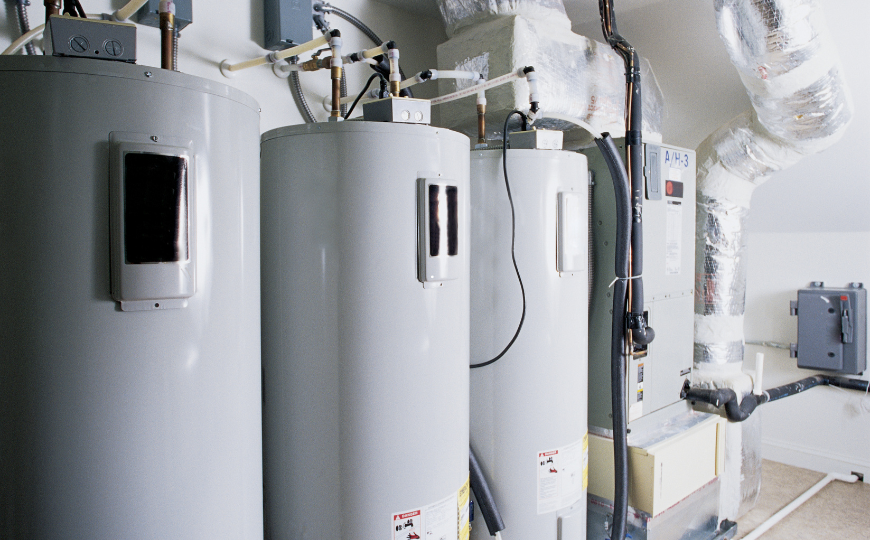If you’re looking to replace your RV’s water heater, you might find yourself faced with the challenge of fitting a new unit into an existing space. Specifically, if your current water heater opening measures 15×18 inches and you’ve purchased a new heater that measures 15×15 inches, you’ll need to consider a few important factors to ensure a successful installation.
Understanding the Dimensions
Current Opening: 15×18 Inches
The existing space for your water heater in your RV is 15 inches wide and 18 inches tall. This is a relatively common size for RV water heater compartments, designed to accommodate standard units and allow for proper ventilation and ease of access.
New Heater: 15×15 Inches
The new water heater you’ve purchased is 15 inches wide and 15 inches tall. This means that while the new heater fits width-wise, it’s shorter in height by 3 inches compared to the existing compartment.
Considerations for Installation
- Space Adjustments
Fitting Issues: The primary concern is that the new heater is shorter in height than the compartment. This gap needs to be addressed to ensure the heater is securely mounted and to prevent potential issues with water leakage or inefficient operation.
Filler Panels: One common solution is to use filler panels or trim to fill the gap around the new heater. These panels can be made from a variety of materials, such as wood or metal, and should be securely fastened to ensure a snug fit.
- Ventilation and Clearance
Proper Ventilation: Ensure that the new heater has adequate ventilation as per the manufacturer’s specifications. The space around the heater should not obstruct airflow or exhaust vents.
Clearance Requirements: Check the new heater’s clearance requirements to make sure there’s enough space for safe operation. This includes space for exhaust gases and any maintenance needs.
- Mounting and Securing
Brackets and Mounts: Use appropriate mounting brackets to secure the new heater within the compartment. This will help prevent any movement that could damage the unit or create leaks.
Sealing: Properly seal around the heater to prevent drafts and water leaks. Use RV-specific sealants and follow the manufacturer’s recommendations for sealing and insulation.
- Electrical and Plumbing Connections
Compatibility: Verify that the new heater’s electrical and plumbing connections match those of the old unit. You may need to make adjustments or use rv water heater hole is 15×18 with new 15×15 heater adapter fittings if there are differences.
Professional Installation: If you’re not confident in making these adjustments yourself, consider hiring a professional RV technician. They can ensure that all connections are correctly made and that the installation is up to code.
Final Checks
Before using your new heater, conduct a thorough inspection:
- Leak Test: Check for any leaks around the heater and fittings.
- Operational Test: Test the heater to ensure it heats water efficiently and operates quietly.
- Safety Inspection: Ensure that all safety features, such as pressure relief valves, are functioning correctly.
Conclusion
Replacing an RV water heater with a new rv water heater hole is 15×18 with new 15×15 heater unit that has different dimensions than the original can be a manageable task with proper preparation. By addressing the size discrepancy, ensuring proper ventilation, and making the necessary adjustments to mounting and connections, you can successfully upgrade to a new 15×15 heater in a 15×18 space. If in doubt, professional assistance can provide peace of mind and ensure a smooth installation process.


